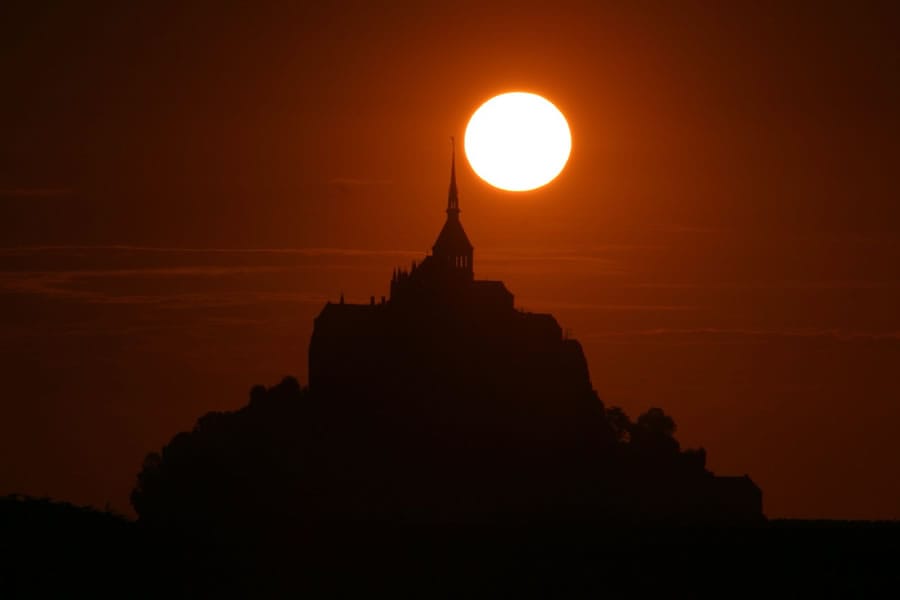
Response to the video of Cluny: A Light in the Night essay
Cluny: A Light in the Night helps us to understand the several aspects including economic, political and also religious of the functioning of the monastic community of Cluny that was formed by Benedictine monks in France. This video describes the whole history of this abbey, starting from its forming till the final decline. It is also an attempt to establish the similarities between Cluny and the modern religion institutions.
I suppose it’s important to note that the video offers a general description of the Cluny Abbey, but it doesn’t provide a detailed picture, therefore an individual that aims to research has to check the appropriate literary sources in addition to the present film.
One of the most interesting aspects that are mentioned in the video Cluny: A Light in the Night is the influence of Cluniac monasticism on medieval European society. The power of the Cluny Abbey could compete at that time with the power of Roman Catholic Church. The reason of its success was the support of the local rulers and also the outstanding features of the Benedictine monks. These men, the abbots of Cluny, have formed the well organized and perfectly centralized system that allowed them to guide many monasteries.
It is known that at the time of its booming development, more than 1 400 monasteries were autonomous but they still were governed by Cluny informally. The Cluny has a tremendous influence over the life of simple people and was one the influencing forces that lead to the Crusades, the spread of knowledge and culture, and also the rise of certain activities of the monasteries.
Film presents the historical overview of the monastic community of Cluny and its church. It claims that the monastic community of Cluny appeared in Bourgogne region of France was one of the most powerful and influential in the medieval Western Europe. The Cluny was created by Benedictine monks in the eight century under the patronage of the William I the Pious.
The medieval period of the European history could be characterized first of all by the significant power and dominance of the church and therefore the influence of Cluny over the medieval society can’t be underestimated. The influence of Cluny was not only religious but also cultural and it has even became architectural the taste-maker in many issues including architecture. It also should be noted that the building of the abbey was the largest church in the Western world for centuries. In other words, it’s substantial cultural influence on the cultural progress and other related processes is obvious.
To sum up the great history of Cluny, it was formed in the 8th century and it has gained its major influence by 12th century which is considered as a time of the major development of the Cluny Abbey. Later four Popes were actually the representatives of Cluny and therefore its was supported by the Catholic church at that time. Later with the changes of political and economic climate in France and other European countries, the monasteries ruling became more problematic and the period between 14th and the beginning of the 15th century was very unfavourable for Cluny and its monasteries well regulated relations, because the Roman Pope has obtained the right to interfere into the traditional relations between Cluny and its monasteries, and the structure and the power of Cluny was substantially weakened in the result of these changes. The active development of Cluny has finished in the 19th century.

